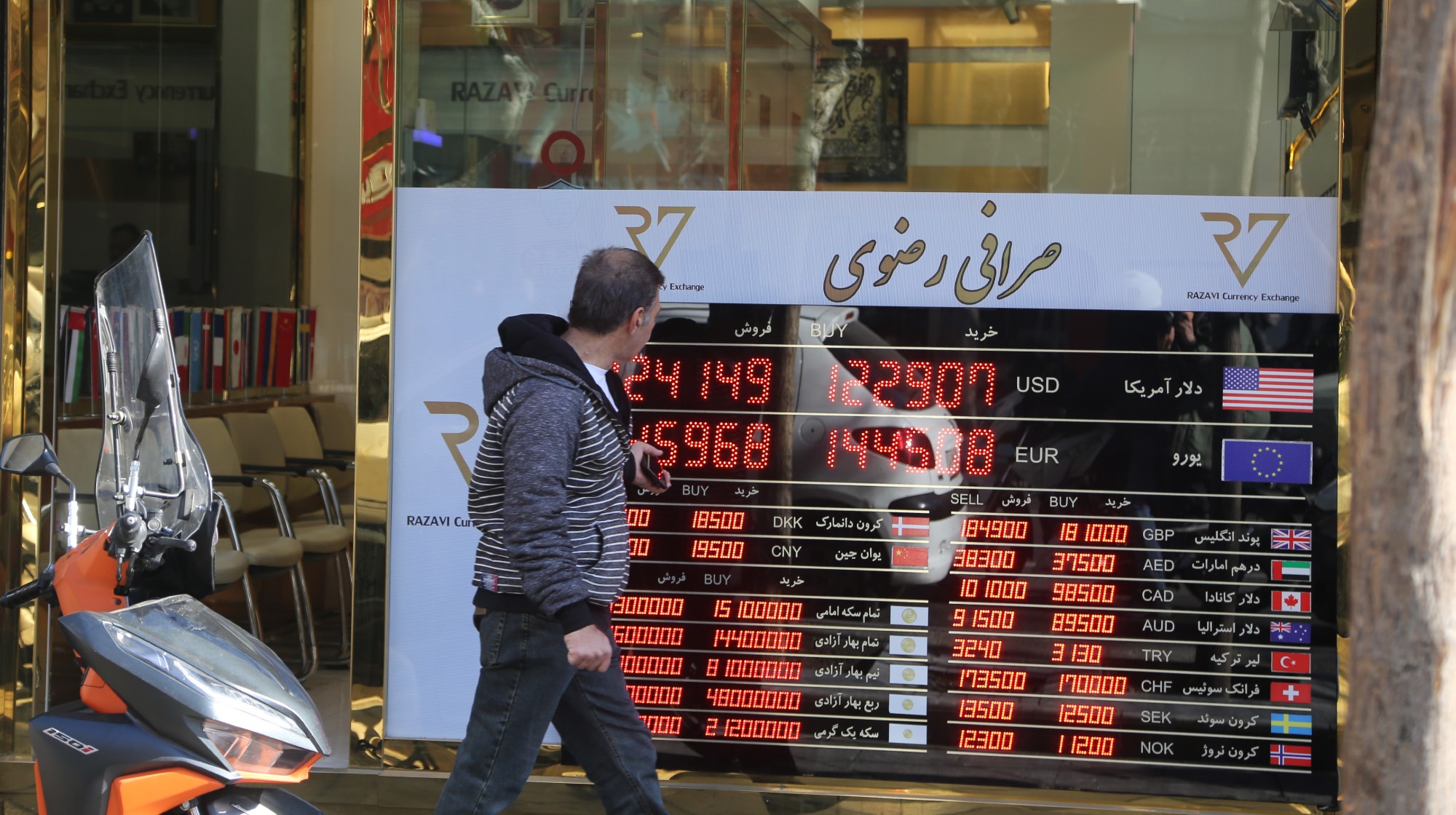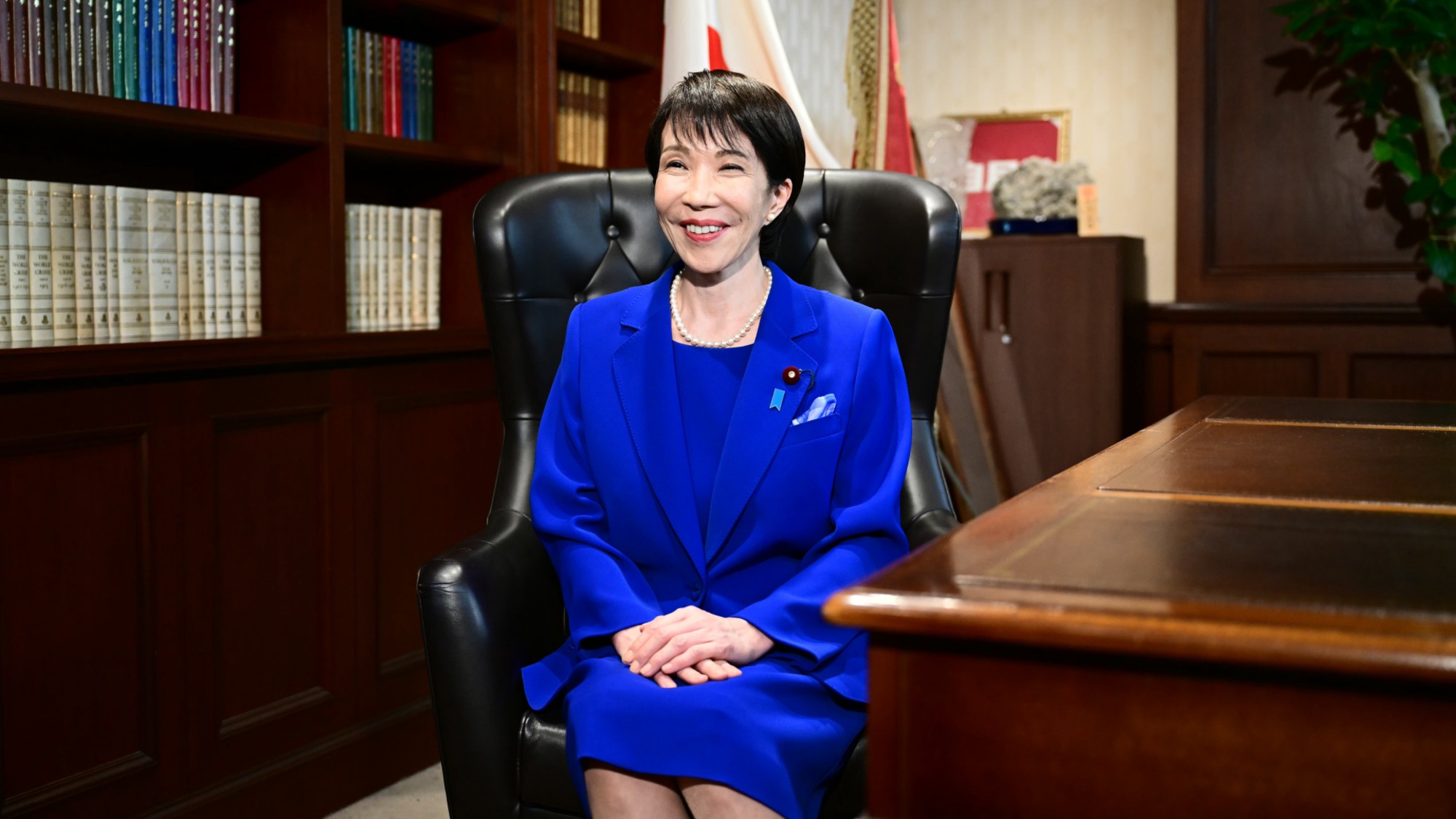The 1 economic experiment Shinzo Abe won't try
Why is everything on the table but straightforward spending?


Japan's economy has been in the doldrums for roughly three decades now — not quite in recession, but growing very slowly. In 2013, Prime Minister Shinzo Abe arrived on the scene, promising to revive Japan's economy with a new mix of policies, colloquially called "Abenomics." Seven years on, and Abenomics looks like a bust: The slow overall pace has continued, and Japan's economy actually shrank by 6.3 percent in year-over-year terms in 2019's fourth quarter. Early indications are that the economy may well shrink again in 2020's first quarter, which means the country will be in an official recession — negative growth over two quarters.
There's a lot going on here, but one thing seems clear: Japan's policymakers, like much of the Western world, remain frozen by an overwhelming terror of deficit spending.
Abenomics had three main components: "bold monetary easing, flexible fiscal policy, and a reform strategy to revive private investment," as the Financial Times described it. And on the first part, Japan has definitely gone big. Abe managed to push a significant minority of loose monetary policy champions onto the country's central bank, and the Bank of Japan has already bought up a collection of financial assets worth more than the country's entire economy, in an effort to drive down interest rates and make credit more freely available. The Bank of Japan's target interest rate is not just low, it's been negative since the start of 2016. Yet the actual economic effects have been meager: Japan's growth remains sluggish, and inflation seems perpetually stuck below the target Bank of Japan officials want to hit.
The Week
Escape your echo chamber. Get the facts behind the news, plus analysis from multiple perspectives.

Sign up for The Week's Free Newsletters
From our morning news briefing to a weekly Good News Newsletter, get the best of The Week delivered directly to your inbox.
From our morning news briefing to a weekly Good News Newsletter, get the best of The Week delivered directly to your inbox.
The third plank of Abenomics is neither fiscal policy nor monetary policy, but a grab bag of "structural" reforms aimed at encouraging business productivity and growth. They've ranged from cutting high-end and corporate tax rates to spur investment, reducing regulations, increasing diversity in the workforce (particularly trying to draw in more women), and making it easier for companies to hire and fire workers. But once again, the rather lackluster economic results after seven years speak for themselves.
That brings us back to the fiscal policy branch of Abenomics — i.e. good old fashioned stimulus spending. But the "flexible" qualifier the Financial Times added in is crucial here. Abe's government has been willing to briefly increase deficit spending when things look particularly dire, but it remains deeply skeptical towards deficit spending on the whole. Relative to the size of its economic output, Japan's overall debt load (which each year's deficit adds to) is considerably bigger than that of any other Western country, and Abe is committed to reducing that debt over the long-term. Just last year, Japan's Finance Minister Taro Aso responded to a question in parliament about modern monetary theory by saying, "It's an extreme idea and very dangerous because it would weaken fiscal discipline." (For reference, modern monetary theory argues that so long as inflation remains under control, deficit spending is harmless.) Bank of Japan Governor Haruhiko Kuroda agreed: "It’s an extreme theory that is hard to accept because it does not take into account (the impact of) fiscal deficit and outstanding debt." In fact, Japan's annual government deficit has actually shrunk a bit during Abe's tenure.
Now, the government could shrink the deficit while still stimulating the economy by increasing taxes on corporations and the wealthy while also increasing public investment. Government spending boosts the economy by adding demand, and taxes focused on the wealthy actually remove far less demand than do taxes on the broad population (or than spending on the broad population adds.) But the "structural reform" part of Abenomics rules that out. Instead, Abe has relied on taxes paid by most Japanese consumers to shrink his deficits, effectively canceling out the stimulus from his spending.
In particular, the government has twice hiked Japan's value added tax (VAT), essentially a form of national sales tax. The first hike was in 2014, from 5 percent to 8 percent. The second was in October of 2019, from 8 percent to 10 percent.
A free daily email with the biggest news stories of the day – and the best features from TheWeek.com
Lo and behold, both tax increases were quickly followed by major contractions. The economy shrank by roughly 7 percent in year-over-year terms in the quarter immediately after the 2014 tax hike, though it returned to positive-but-meager growth in the following quarter. Japan's economy had other bad quarters since, but it never shrank by more than half of the 2014 collapse. Until the second VAT increase in October 2019, that is. That hike was quickly followed by Japan's aforementioned fourth quarter performance, a disastrous negative 6.3 percent growth. (The fourth quarter being October, November, and December.) Given the early indications of another bout of negative growth for the first three months of 2020, "a recession now looks all but inevitable" as Robert Carnell, the chief economist and head of research for Asia Pacific at ING, told CNN.
Now, Japan's economy certainly has other problems. The coronavirus has wrecked China, Japan's biggest trade partner, which has also reduced the demand flowing into Japan's economy. There was a big typhoon that slammed into Japan in October. But the timing of the growth numbers also make it clear that the VAT hike was dragging Japan's economy down even before the coronavirus outbreak.
Finally, Abe's government announced another round of fiscal stimulus in December to offset the damage, and to be doled out over the next few years. But the direct spending numbers in the proposal look too small to have much impact.
Broadly speaking, Japan's policymakers have fallen into the same trap as their peers in Europe: They are so instinctively opposed to aggressive deficit spending that they're more willing to experiment with radical monetary policy changes, up to and including negative rates. Yet it actually is difficult to tell a story in which Japan's debt load ever becomes "too big" — at least so long as the bulk of that debt remains denominated in Japan's own currency, the yen. Meanwhile, and again like Europe, Japan is discovering that monetary policy on its own is extremely limited in its powers.
An even longer-term challenge for Japan is the enormous and growing share of its population that's elderly. It's widely accepted in mainstream economics that this situation is a drag on Japan's growth and productivity, and I myself have written in defense of that theory. But I confess I'm also less convinced these days. Ultimately, we simply don't know if truly aggressive fiscal stimulus could power Japan past its demographic and economic problems. For all the talk of Abenomics' radical ambitions, straightforward deficit spending is an experiment it has yet to embrace.
Jeff Spross was the economics and business correspondent at TheWeek.com. He was previously a reporter at ThinkProgress.
-
 ‘Let 2026 be a year of reckoning’
‘Let 2026 be a year of reckoning’Instant Opinion Opinion, comment and editorials of the day
-
 Why is Iran facing its biggest protests in years?
Why is Iran facing its biggest protests in years?TODAY’S BIG QUESTION Iranians are taking to the streets as a growing movement of civic unrest threatens a fragile stability
-
 How prediction markets have spread to politics
How prediction markets have spread to politicsThe explainer Everything’s a gamble
-
 How Bulgaria’s government fell amid mass protests
How Bulgaria’s government fell amid mass protestsThe Explainer The country’s prime minister resigned as part of the fallout
-
 Femicide: Italy’s newest crime
Femicide: Italy’s newest crimeThe Explainer Landmark law to criminalise murder of a woman as an ‘act of hatred’ or ‘subjugation’ but critics say Italy is still deeply patriarchal
-
 Brazil’s Bolsonaro behind bars after appeals run out
Brazil’s Bolsonaro behind bars after appeals run outSpeed Read He will serve 27 years in prison
-
 Americans traveling abroad face renewed criticism in the Trump era
Americans traveling abroad face renewed criticism in the Trump eraThe Explainer Some of Trump’s behavior has Americans being questioned
-
 Nigeria confused by Trump invasion threat
Nigeria confused by Trump invasion threatSpeed Read Trump has claimed the country is persecuting Christians
-
 Sanae Takaichi: Japan’s Iron Lady set to be the country’s first woman prime minister
Sanae Takaichi: Japan’s Iron Lady set to be the country’s first woman prime ministerIn the Spotlight Takaichi is a member of Japan’s conservative, nationalist Liberal Democratic Party
-
 Russia is ‘helping China’ prepare for an invasion of Taiwan
Russia is ‘helping China’ prepare for an invasion of TaiwanIn the Spotlight Russia is reportedly allowing China access to military training
-
 Interpol arrests hundreds in Africa-wide sextortion crackdown
Interpol arrests hundreds in Africa-wide sextortion crackdownIN THE SPOTLIGHT A series of stings disrupts major cybercrime operations as law enforcement estimates millions in losses from schemes designed to prey on lonely users
